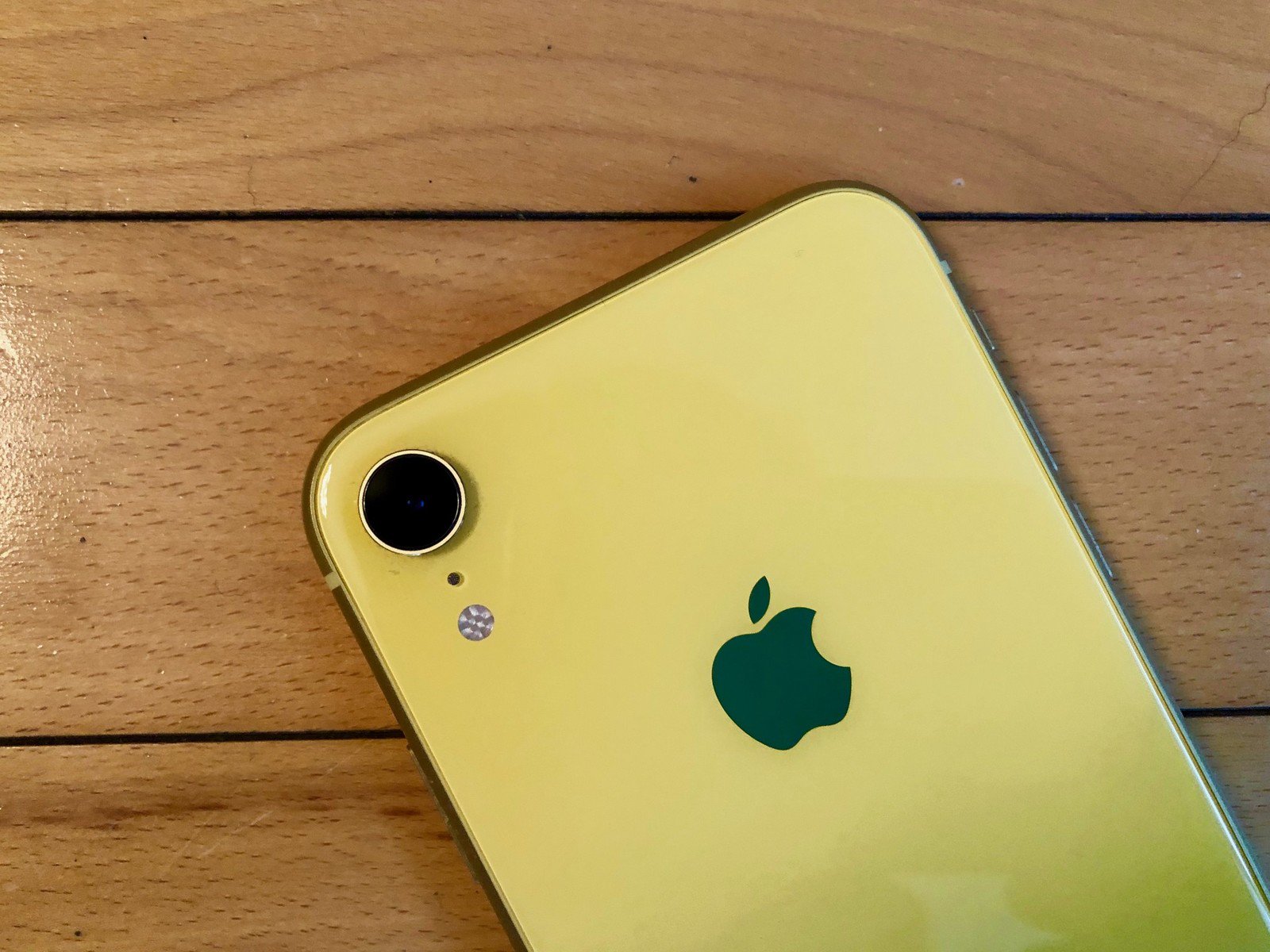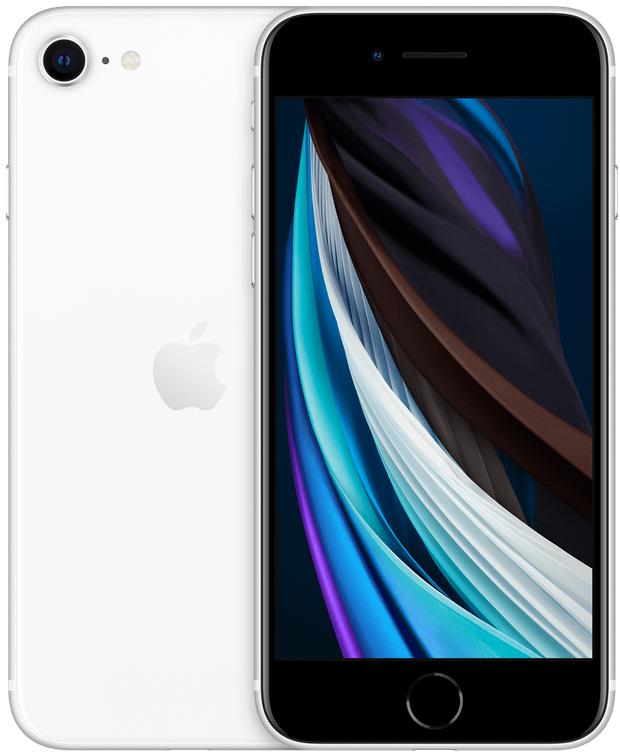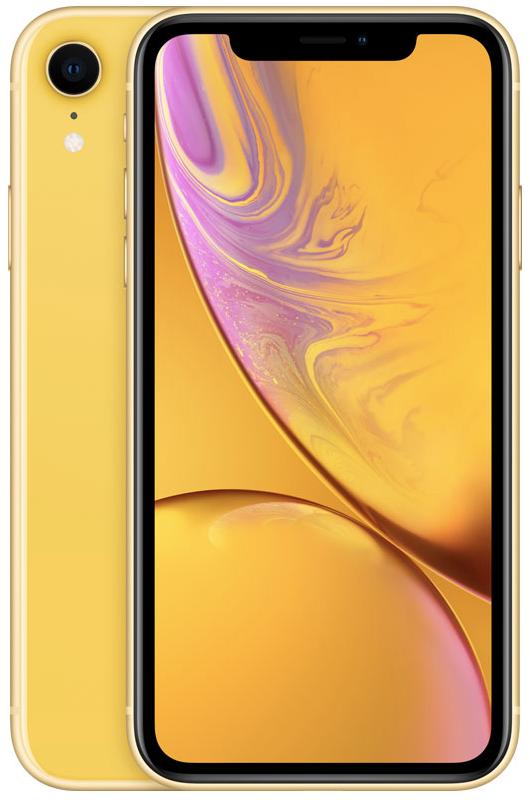iPhone SE (2020) vs iPhone XR: What's the Difference (and Should you Upgrade)


Small and powerful
The iPhone SE (2020) is exactly what people have been asking for — a powerful and small iPhone that still has Touch ID. It doesn't have the newer minimal-bezel design, and it loses the option to do Face ID, but the A13 Bionic makes the performance top-notch.
For
- Touch ID
- Small form factor
- Wireless charging
- A13 Bionic chip
Against
- Fewer color options
- No Face ID or TrueDepth camera
- Big bezels

Colorful with FaceID
The iPhone XR is still the cheapest way to get Face ID on your iPhone, and it comes in lots of color options; however, it does have a slightly older chip and only a max storage capacity of 128 GB. Whether you want or like the bigger form factor, a larger screen, and minimal-bezel design enough to pay the extra money is up to you.
For
- Lots of color options
- Face ID
- Minimal bezels
- Longer battery life
Against
- Older A12 Bionic chip
- 128 GB max capacity
- No Home button
The iPhone SE (2020) was made for the Touch ID lovers and the small phone advocates that have been clamoring for some like the original iPhone SE for years. It's basically an iPhone 8 —same size and form factor — that has the new and shiny A13 Bionic chip inside, making it widely more powerful. The good news is the iPhone SE (2020) still has essential features like Qi wireless charging compatibility and an IP67 water-resistance rating, so even though you give up features like Face ID and the use of the TrueDepth camera, you're not missing much else.
The iPhone XR is still the cheapest way to get Face ID and the TrueDepth camera on an iPhone, so if you want to be able to use Animoji and Memoji, or you care about portrait mode photos from the front-facing camera, the iPhone XR delivers. It's also available in a wide variety of colors.
The nitty-gritty details
We know that when you're comparing different iPhone models, you want to ensure you get the best iPhone you can. If you're looking for a new iPhone with a limited budget, you'll be very interested in what the iPhone SE (2020) vs. iPhone XR has to offer you. The most significant difference between the new iPhone SE (2020) and the iPhone XR is mostly going to come down to the difference in the form factor. The TrueDepth camera and the bigger iPhone XR design just allow a few more features that the iPhone SE will have.
| Header Cell - Column 0 | iPhone SE (2020) | iPhone XR |
|---|---|---|
| Price | Starting from $399 | Starting from $499 |
| Screen | 4.7-inch Retina HD display | 6.1-inch Liquid Retina HD display |
| Chip | A13 Bionic | A12 Bionic |
| Rear camera | Single 12MP wide-angle camera | Single 12MP wide-angle camera |
| Front camera | FaceTime HD (7MP with 1080p HD video recording at 30 fps) | TrueDepth (7MP with 1080p HD video recording at 60 fps) |
| Storage | 64GB, 128GB, 256 GB | 64GB, 128GB |
| Unlock iPhone | via Touch ID | via Face ID |
| Wireless charging | Yes | Yes |
| Water-resistance | IP67 (maximum depth of 1 meter up to 30 minutes) | IP67 (maximum depth of 1 meter up to 30 minutes) |
| Battery | Up to 13 hours of video playback and 40 hours of audio playback | Up to 16 hours of video playback and 65 hours of audio playback |
| Portrait mode | Yes, via rear camera | Yes, via both rear and front cameras |
| Fast-charge | 50% in 30 minutes with 18W adapter or higher (sold separately) | 50% in 30 minutes with 18W adapter or higher (sold separately) |
Obviously, the biggest differences come from the iPhone SE's lack of a TrueDepth camera, but there are a few small differences you may want to take note of when making your decisions.
The iPhone SE (2020) comes in three storage capacities — 65BG, 128GB, and 256GB — whereas the iPhone XR only is available in the first two options. If you're the type of person that loves to have as much space as possible, the iPhone SE (2020) may be a better option when you're looking for an upgrade.
While the smaller form factor of the second-generation iPhone SE makes it much easier to use in one hand and fit properly into pockets, it sacrifices some battery life. The iPhone SE (2020) is rated to have the same battery life as the iPhone 8 did, and while Apple never releases the exact battery size, estimates from teardowns of the iPhone 8 have put the battery at 1,821mAh. That's quite a bit smaller than the iPhone XR, which has been estimated to be around 2,942 mAh. If you use your phone heavily throughout the day, the iPhone SE's smaller battery could maybe feel a little restricting.
Making the choice
When it comes to upgrading from the iPhone XR to the iPhone SE (2020), it really depends on how much you want Touch ID. Although the A13 Bionic chip is newer and has better performance than the iPhone XR's A12 Bionic chip, it's very unlikely you would notice much difference better them at all. Outside of that, most of the features are pretty similar, and the iPhone SE doesn't bring anything to the table that the iPhone XR doesn't.
Master your iPhone in minutes
iMore offers spot-on advice and guidance from our team of experts, with decades of Apple device experience to lean on. Learn more with iMore!
If you've been hanging on to your iPhone 7 or iPhone 8 because you haven't wanted to part ways with Touch ID or the smaller phone size, then upgrading to the iPhone SE (2020) is a no-brainer!

Touch ID on a new iPhone!
Small phone fans rejoice; Apple has launched the iPhone SE. It's got the brand new A13 Bionic chip making it as powerful as can be, and its small, compact form makes it easy to hold and use with one hand. Plus, it has TouchID to unlock your iPhone like the good old days!

Face ID, TrueDepth selfie camera, and minimal bezel design.
If you're looking for that new design look that offers an edge-to-edge display, Face ID, and the TrueDepth front-facing camera that allows you to take portrait mode selfies, the iPhone XR is the cheapest way to do it.

Luke Filipowicz has been a writer at iMore, covering Apple for nearly a decade now. He writes a lot about Apple Watch and iPad but covers the iPhone and Mac as well. He often describes himself as an "Apple user on a budget" and firmly believes that great technology can be affordable if you know where to look. Luke also heads up the iMore Show — a weekly podcast focusing on Apple news, rumors, and products but likes to have some fun along the way.
Luke knows he spends more time on Twitter than he probably should, so feel free to follow him or give him a shout on social media @LukeFilipowicz.
